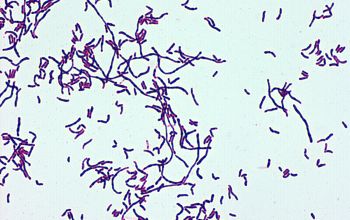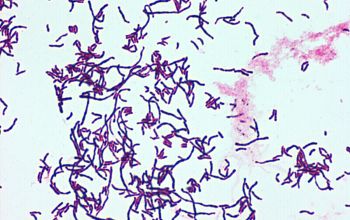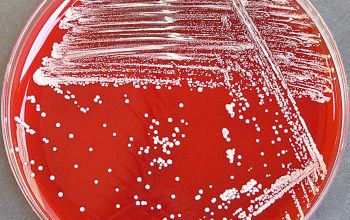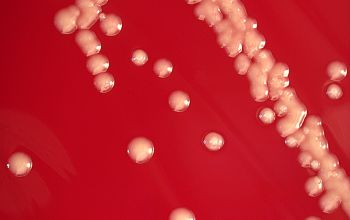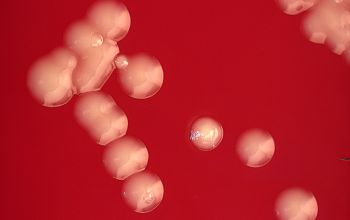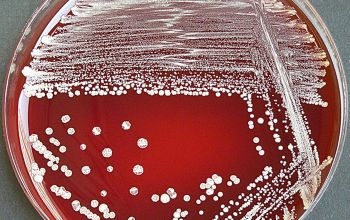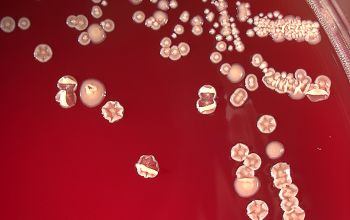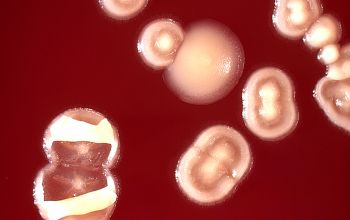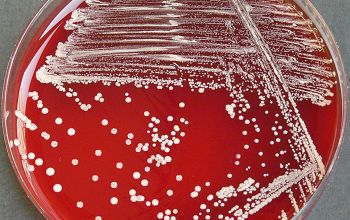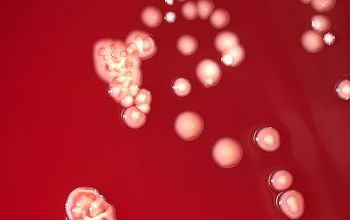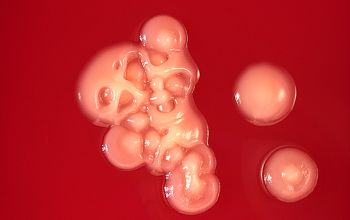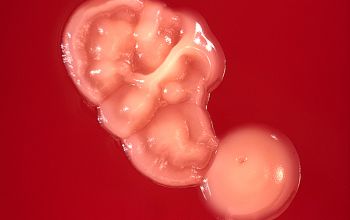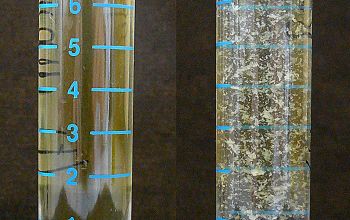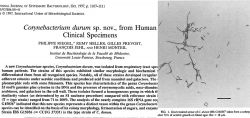References
Corynebacterium durum sp. nov., from Human Clinical Specimens
PHILIPPE RIEGEL," REMY HELLER, GILLES PREVOST, FRANCOIS JEHL, AND HENRI MONTEIL
http://ijs.sgmjournals.org/content/47/4/1107.full.pdf+html
Corynebacterium durum
-
General information
The pathogenic potential of coryneform bacteria has been underestimated
Taxonomy
Family: Corynebacteriaceae
Natural habitats
They are part of the oropharynx and the most frequent Corynebacterium isolated from throat swabs of healthy persons.
Its pathogenic potential remains unclear.
Clinical significance
Was originally described as being exclusively isolated from respiratory tract specimens,
They have now also been discovered from the gingiva, blood cultures, and abscesses.
C. durum was the Corynebacterium sp most frequently isolated from throat swabs, but it was not recovered from nasopharyngeal samples of healthy adults.
Therefore, its pathogenic potential remains unclear.
-
Gram stain
Gram positive pleomorphic rods, 3-4 µm,
and occasionally filaments, 15-30 µm,
with occasionally swollen ends.
-
Culture characteristics
-
Facultative anaerobic
The isolation of C. durum may take longer than the other common corynebacteria.
BA: after 48h, cultures appear as small, 0.5-1 mm after 72h, convoluted, raised beige and strongly adherent (not always) colonies with irregular edges.
Strains incubated with 10% CO2,
Colonies are larger, and have a dense center and nearly regular margins and they adhere weakly to the agar.
Liquid media
The organisms produced a sediment, leading to a granular appearance of the culture after broth was shaken.
McConkey: no growth
BBAØ: weak
-
-
Characteristics
-
References
James Versalovic et al.(2011) Manual of Clinical Microbiology 10th Edition
Karen C. Carrol et al (2019) Manual of Clinical Microbiology, 12th Edition
Corynebacterium durum sp. nov., from Human Clinical Specimens PHILIPPE RIEGEL," REMY HELLER, GILLES PREVOST, FRANCOIS JEHL, AND HENRI MONTEIL

